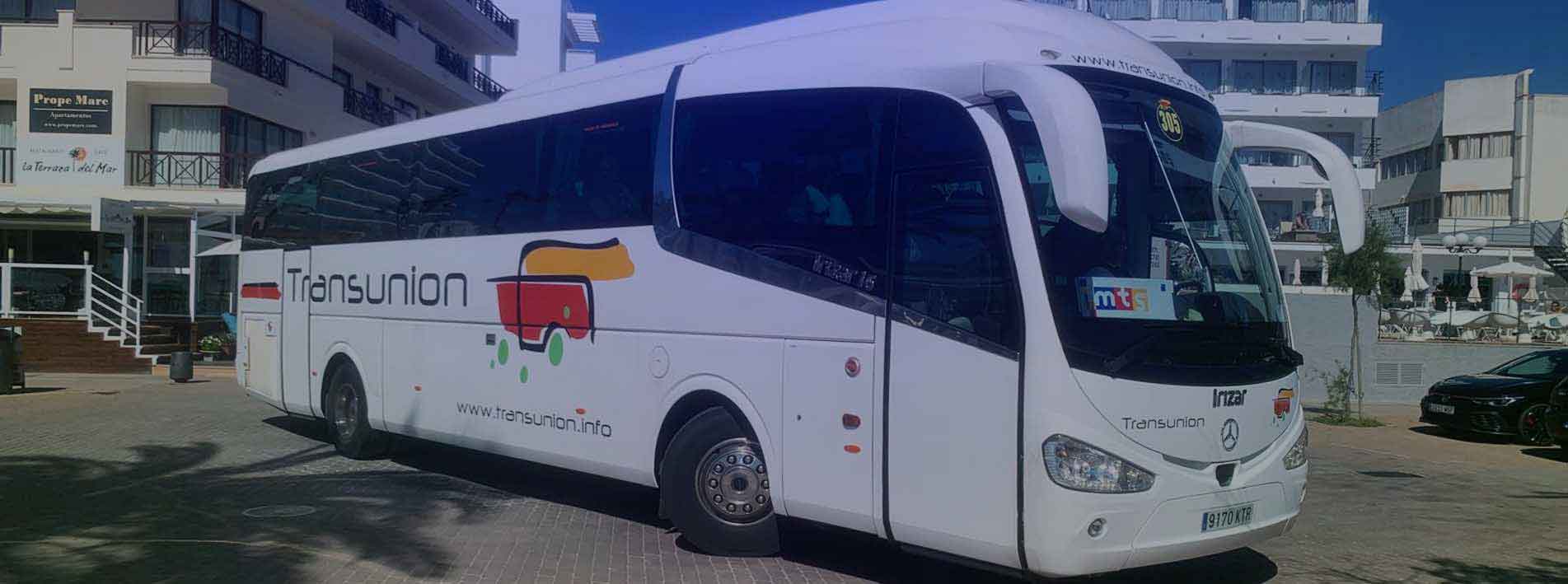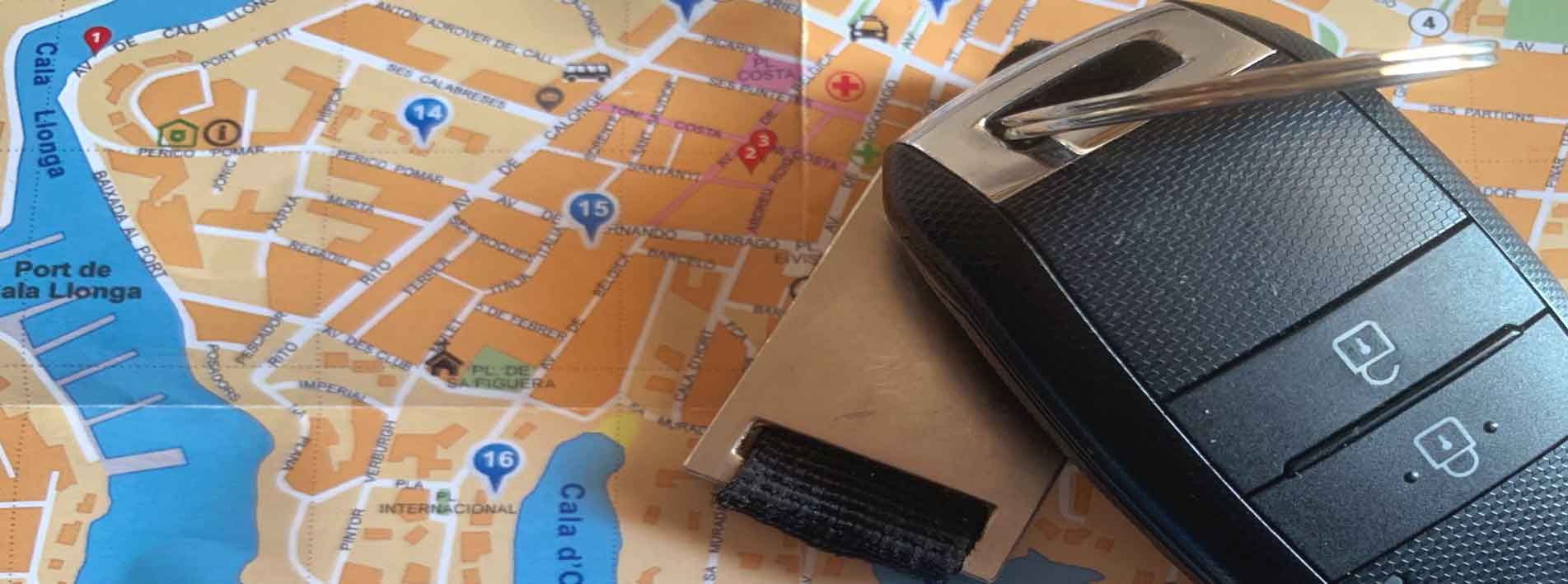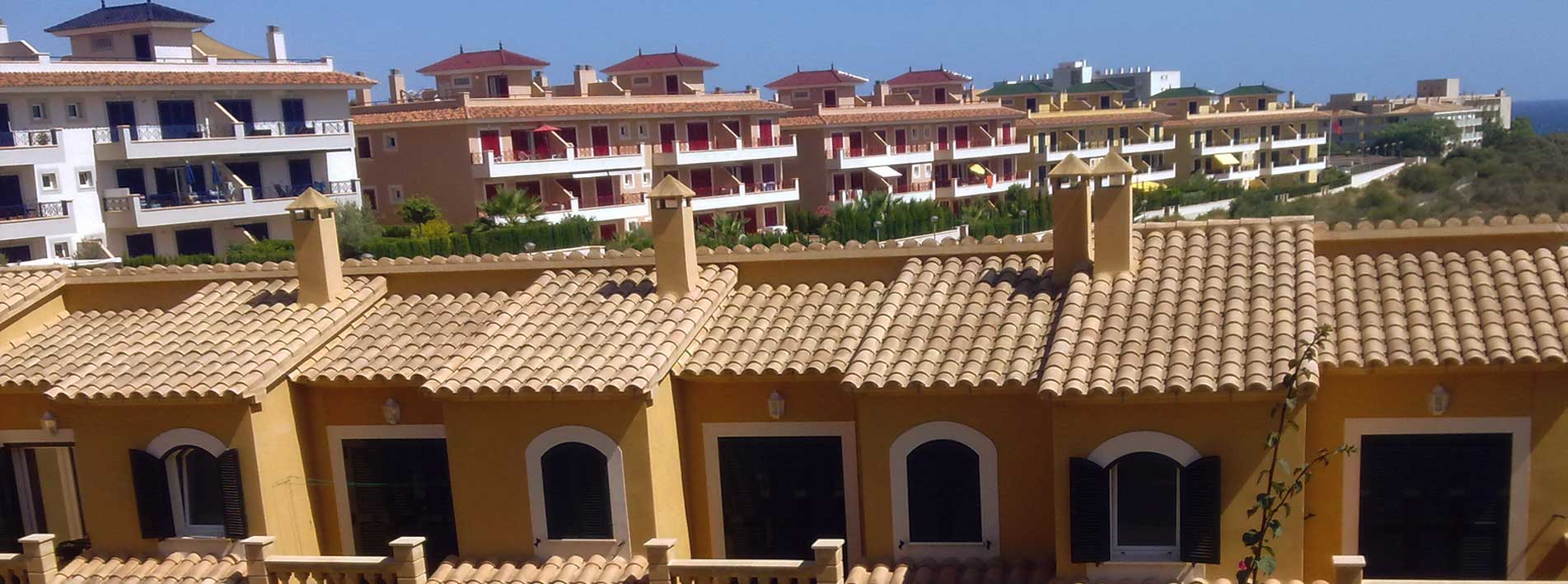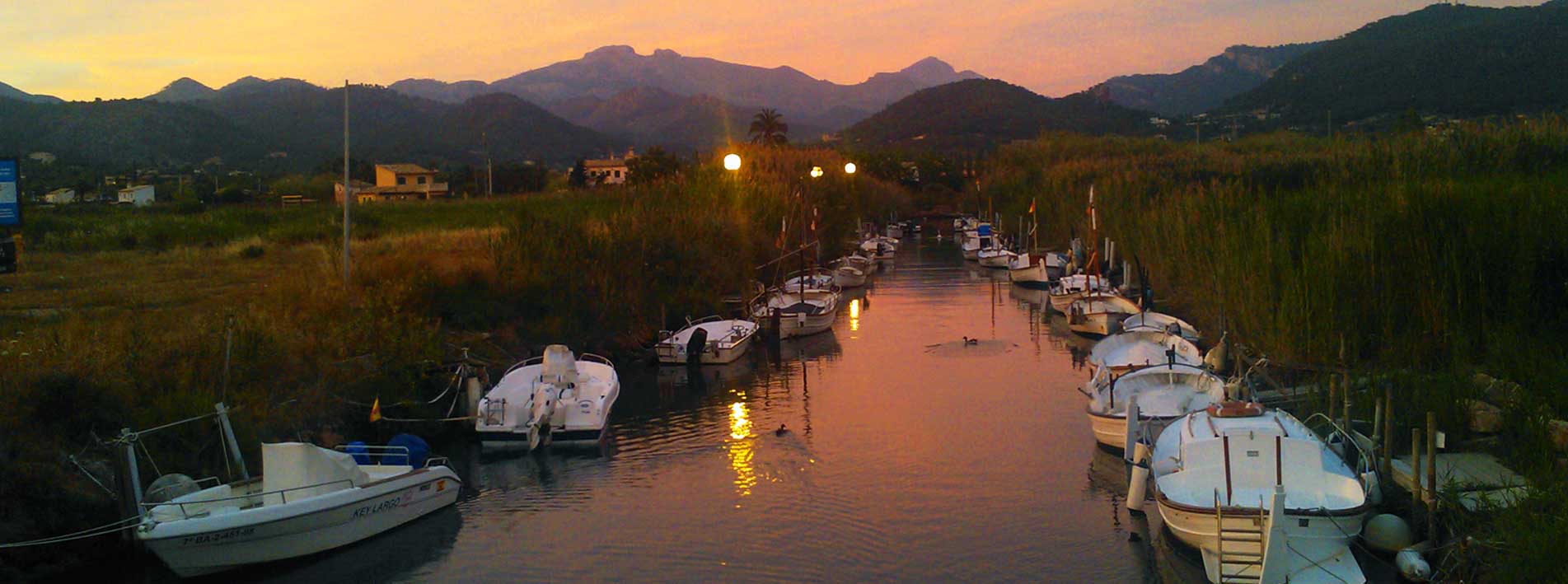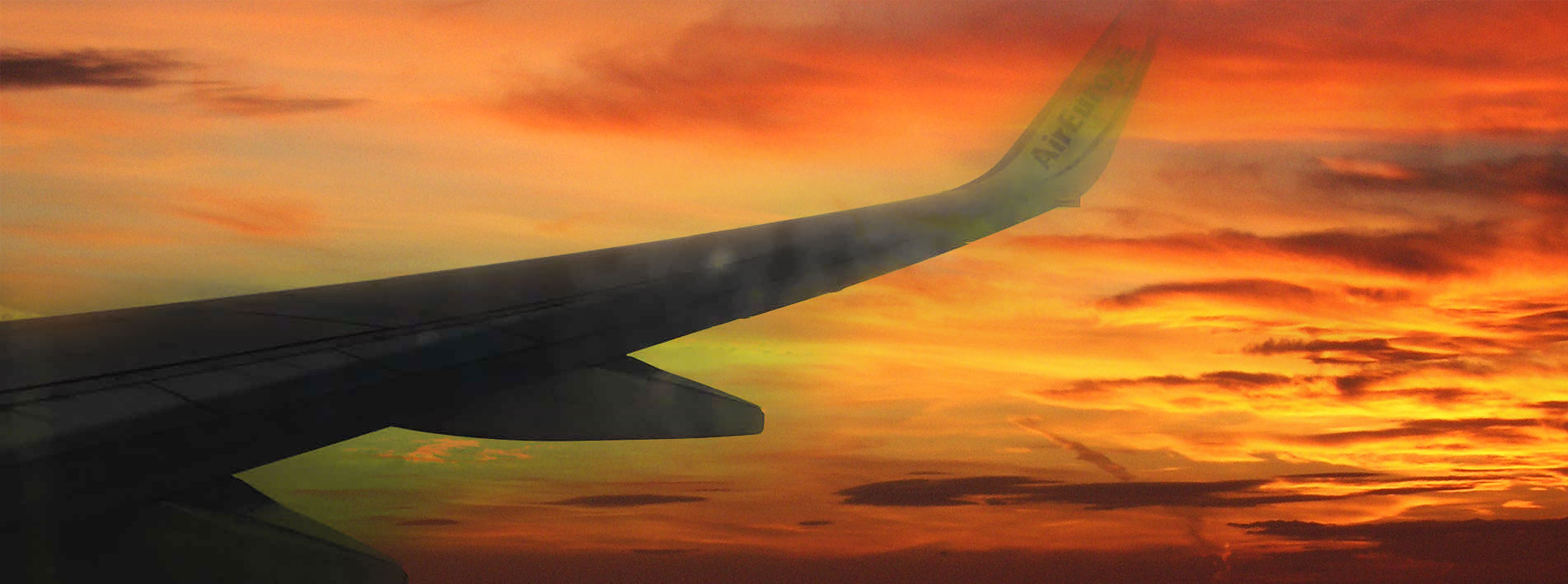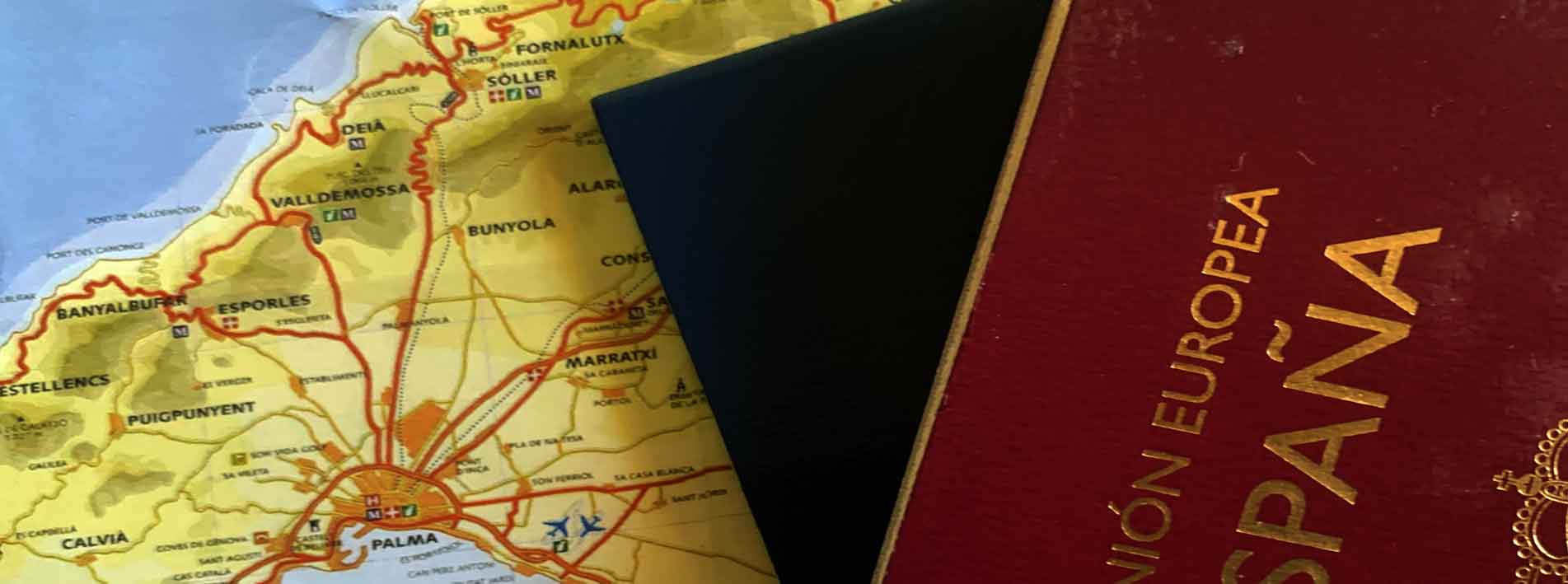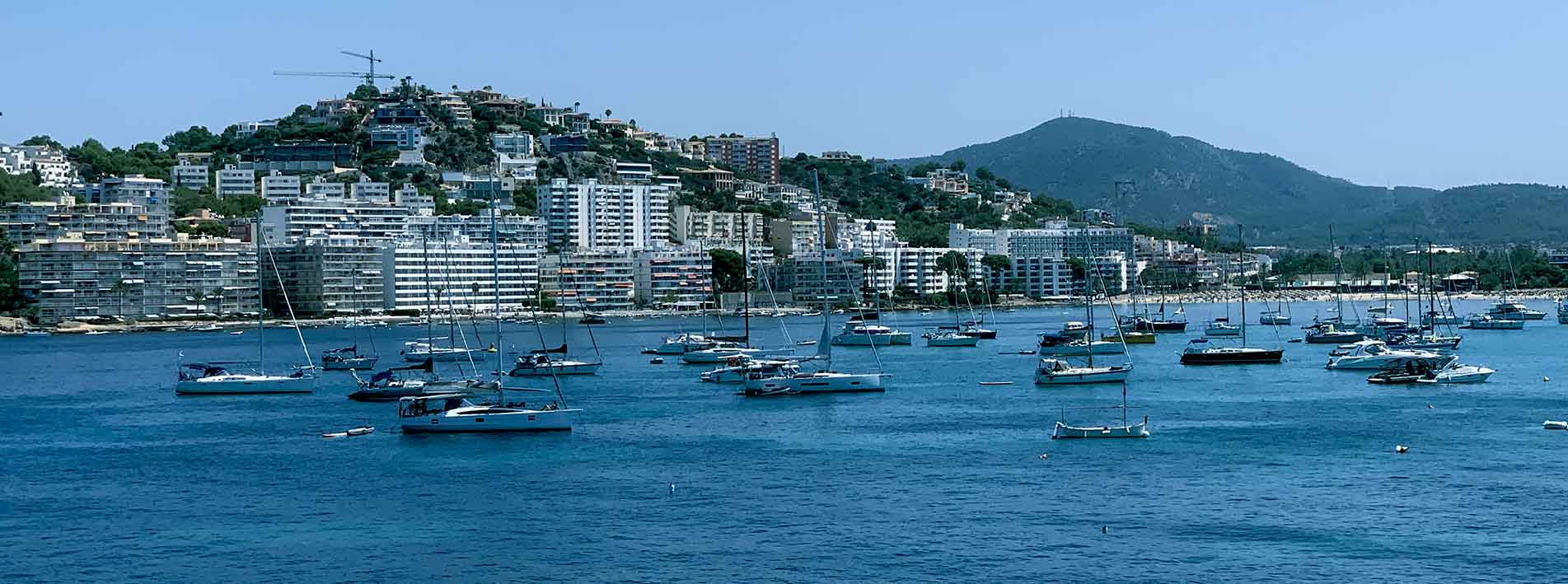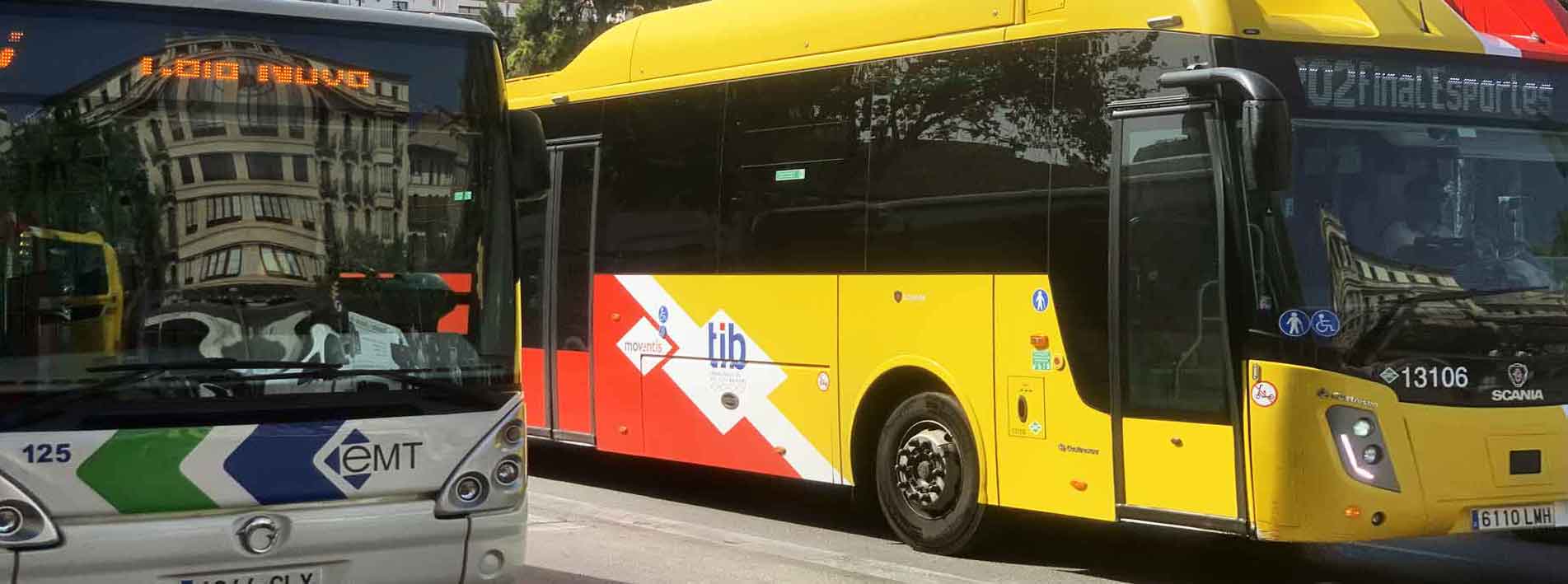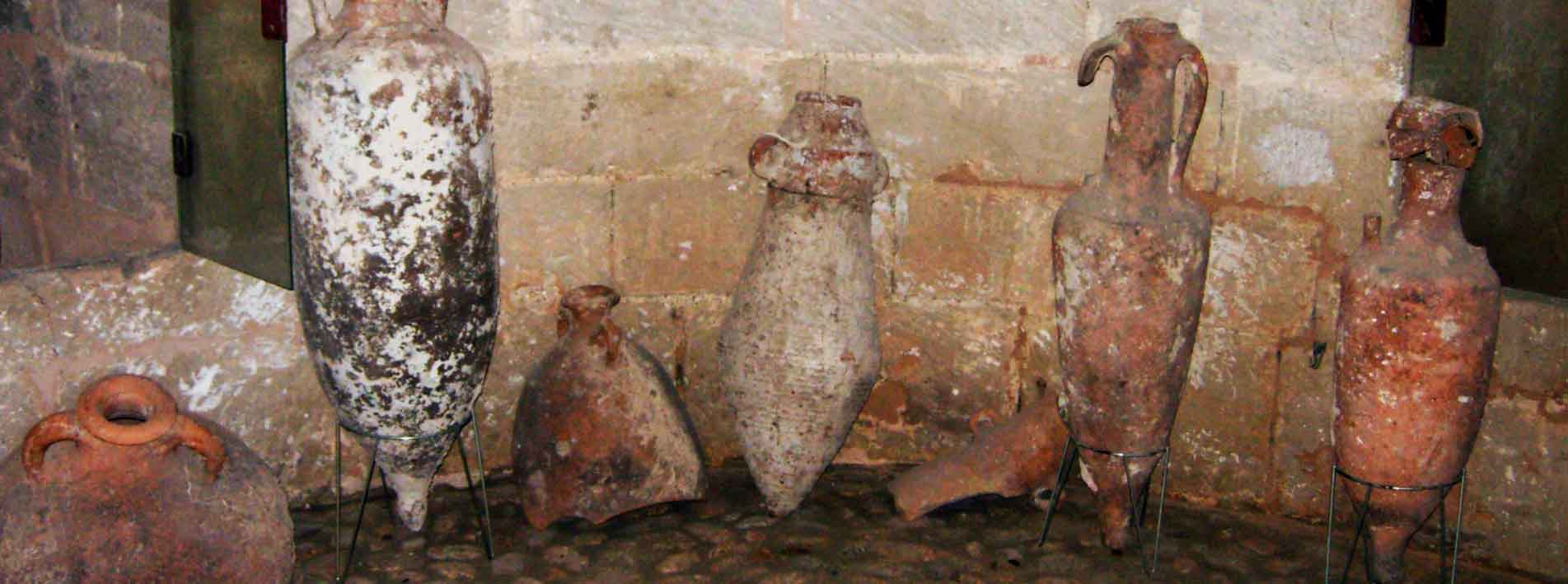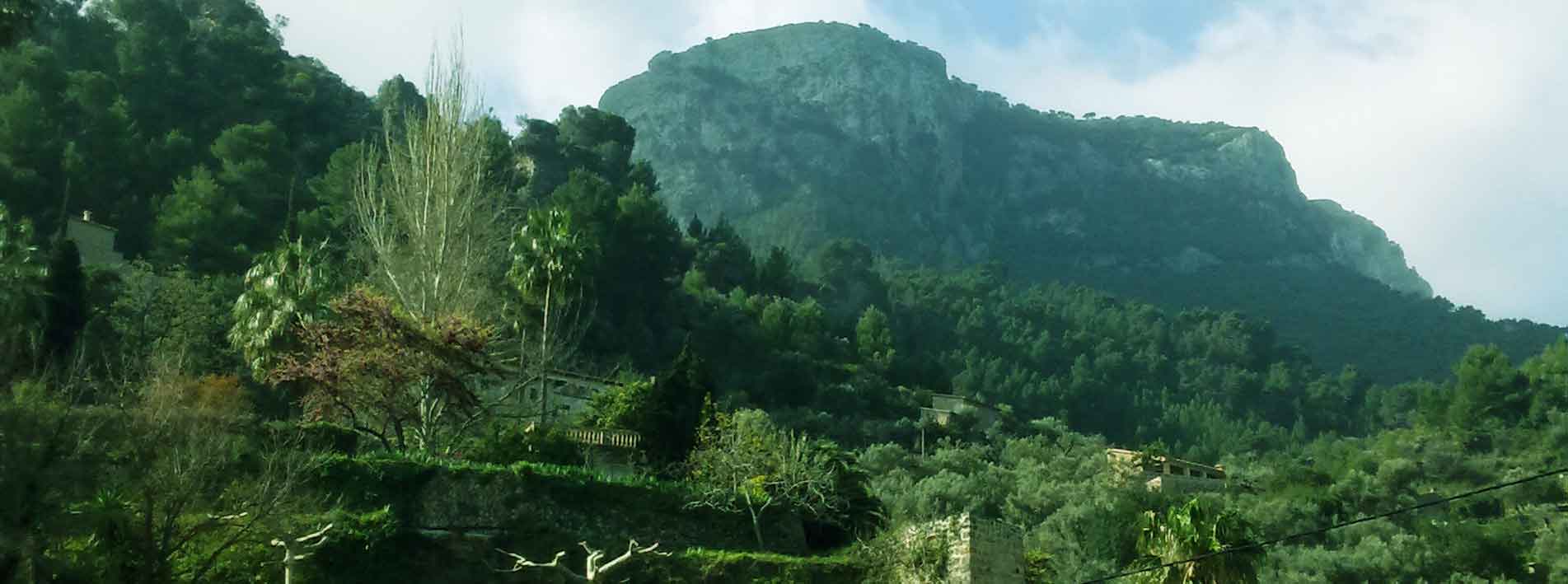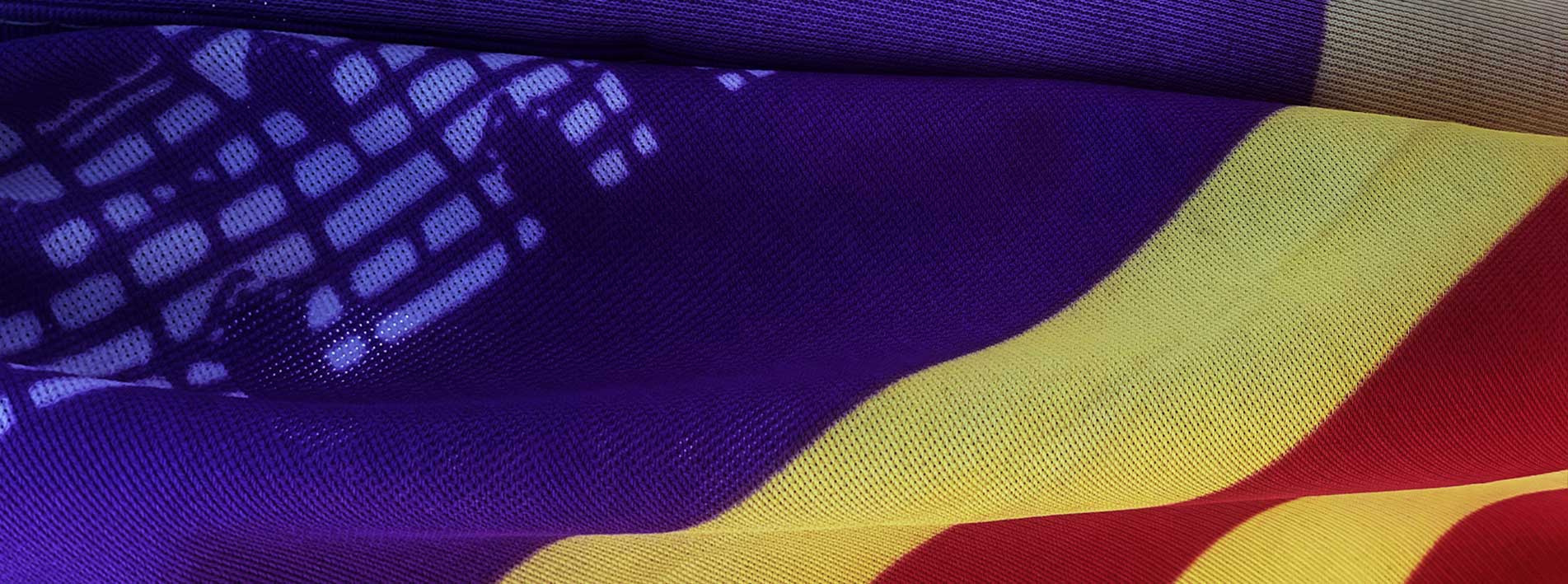What to see and do in Colonia de Sant Jordi?
Colonia de Sant Jordi is a picturesque tourist destination and village in Mallorca, on the south coast of the municipality of Ses Salines, in the Migjorn region. It is known for its marina, its idyllic beaches and its salt flats. It is a popular destination that combines its fishing pastwith modern tourist services, offering activities such as water sports, hiking, bird watching and access to the Cabrera archipelago.
Places of interest in Colonia de Sant Jordi
Colonia de Sant Jordi is an important town in Mallorca and a popular tourist destination that combines an old fishing port with an important history linked to the oldest salt flats in the Mediterranean, dating back to the4th century BC. The area offers white sandy beaches such as Es Trenc and Es Dolç, and has natural monuments and important prehistoric sites. It is a center for traditional salt extraction, and its port is the starting pointfor visiting the Cabrera Archipelago Maritime-Terrestrial National Park.
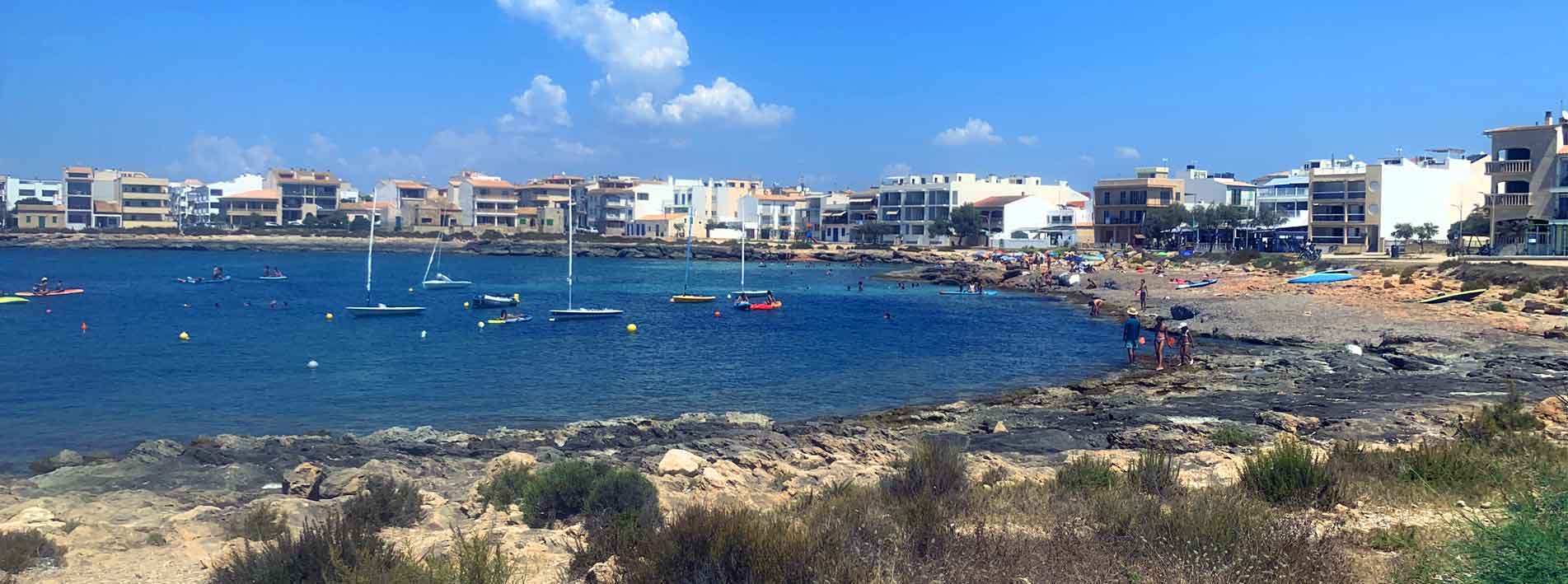 Activitiesin Colonia de Sant Jordi: Beaches andnature
Activitiesin Colonia de Sant Jordi: Beaches andnature
Colonia de SantJordi is a fishing village in the southeast of Mallorca, famous for its beaches(such as Es Trenc, Es Carbó, and Es Dolç), its marina, and its proximity to theCabrera Archipelago. The town has an important past linked tosalt production, which is still alive today, and offers various outdoor activities such as hiking, cycling, and water sports.
Beaches: Es Trenc, Es Carbó, and Es Dolç are some of the most popular beaches due to their beauty and crystal-clear waters.
Cabrera Archipelago: This is the closest starting point for visiting this marine national park.
Salt flats: Near the town are the oldest salt flats in the world (4th century BC), where salt is still extracted using traditional methods.
Marina: Boats depart from the port to the Cabrera Archipelago Maritime-Terrestrial National Park, to which Colonia is the closest area.
Sant Joan de la Font Santa Spa: This spa, which houses the only natural hot springs on the island, is located a short distance away.
Activities in Colonia de Sant Jordi: Heritage
The heritage of Colònia de Sant Jordi includes both archaeological remains from the Roman period and historic defensive buildings. In terms of archaeology, the salt flats, which have been exploited since Punic times, and the port, which has been in use since ancient times, are particularly noteworthy. Among the historic buildings, the 14th-century defensive tower S’Avall, the 15th-century fortification S’Estany, and the tower of Ca’n Barbarà are particularly noteworthy.
Monuments: There are remains of prehistoric settlements such as talayots (megalithic monuments), as well as historic buildings and monuments, such as the fortified tower of S’Estany.
Cabrera Interpretation Center: This center offers information on the history of the island of Cabrera and has an aquarium with local marine species.
 Activities in Colonia de Sant Jordi
Activities in Colonia de Sant Jordi
In Colonia de Sant Jordi, the main activities include water sports such as surfing, windsurfing, kitesurfing, diving, and snorkeling, as well as boat trips to the island of Cabrera. For routes, there are hiking and cycling options that explore the Es Trenc Natural Park, such as the route to the Ses Salines Lighthouse, and coastal walks that connect to coves and beaches such as Es Trenc and Es Dolç.
Water sports: In the port, you can rent boats and go snorkeling, among other activities.
Hiking and walking: There are routes for enjoying nature, such as the walk to Es Carbó beach, ideal for those who enjoy coastal walks.
Bird watching and cycling: The area is a good place for these activities.
Main attractions: History and culture
La Colonia de Sant Jordi celebrates important events such as the feast of the patron saint Sant Jordi in April, the Festes d’Estiu in summer with concerts, sports activities, and fireworks, and the Nit de Sant Joan in June with bonfires on the beach. Also noteworthy are the El Carmen festivities in July, with a maritime procession, and the Feria de la Sal y la Langosta (Salt and Lobster Fair) in spring.
Origin: The village has traces of Bronze Age settlements.
Historic buildings: Notable monuments include the fortified building of S’Estany and the S’Avall watchtower.
Festivals: The Sant Jordi festivities are held in April, with concerts, exhibitions, and markets.
Events: There is a local produce market on Wednesdays and patron saint festivities in honor of Sant Jordi (April 23).
And that’s it for this brief overview of what to see and do in Colonia de Sant Jordi, Mallorca. We hope it helps.
By the way: Are you coming to Mallorca on a tourist trip? If you find it helpful, you can also check out our travel guide to Mallorca and more tourist information about the island




